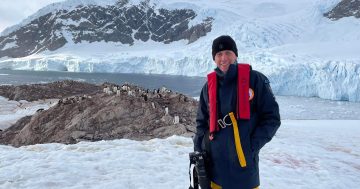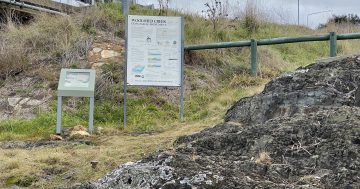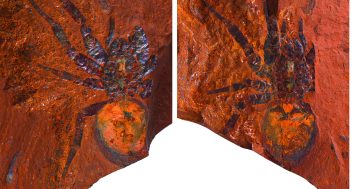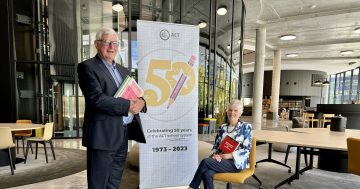100 years ago Thomas Griffith Taylor sat on the verandah of the Bachelor’s Quarters on Acton Peninsula (now the ANU Heritage Early Childhood Centre), writing a letter to his Antarctic Expedition leader, Captain Robert Falconer Scott. He had no idea that the team had perished eight months earlier; he had returned home early to continue his government work surveying the site for the future Federal Capital.
During his time in Antartica, Taylor discovered some of the earliest evidence that the Antarctic continent had not always been covered in ice and, with Australia, had been joined in a great southern landmass called Gondwana. The fossils he found are still the oldest and most diverse known from the Antarctic continent.
Taylor later became one of Australia’s most famous geographers. His brilliant insights into how the Canberra landscape evolved remain controversial even as Canberra’s centenary celebrations approach in 2013.
Dr Gavin Young obtained his Honours degree in Geology at ANU, followed by a PhD in Zoology from the University of London. He worked for several decades as a geologist/palaeontologist for the Commonwealth Government and was President of the Association of Australasian Palaeontologists during 1994-96. From 1997, he was based at the ANU Department of Geology, and is currently a Visiting Fellow at ANU. In 1970-71 he joined the Victoria University of Wellington Antarctic Expedition to the Transantarctic Mountains. He has described and named over 50 fossil genera and 80 fossil species from Australia, China, South America and Antarctica.
When: Tuesday 20 November, 6-7pm
Where: The Finkel Lecture Theatre, The John Curtin School of Medical Research, Garran Road, The Australian National University
Enquiries: E events@anu.edu.au T 02 6125 4144
Free and open to the public
















